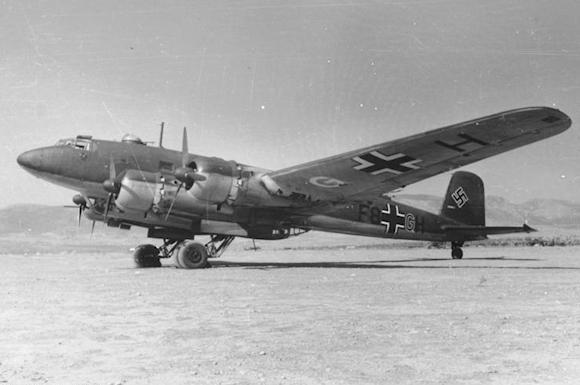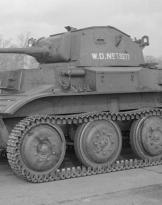Il Focke-Wulf Fw200 - nicknamed Condor – was a four-engine monoplane aircraft used by the Germans in the late 1930s and in the Second World War.
The main users of the vehicle were the Luftwaffe, Deutsche Lufthansa and the Syndicato Condor.
Initially, the aircraft was born as a civilian aircraft for Lufthansa; the vehicle was capable of carrying 26 passengers. The aircraft was designed and directly tested by aeronautical engineer Kurt Waldemar Tank. The latter headed the design department of the Focke-Wulf Flugzeugbau from 1931 to 1945.
The first prototype of the vehicle took flight for the first time on 27 July 1937. In August 1938 an example of Focke-Wulf Fw200 he was able to fly – nonstop – from Berlin to New York City. Furthermore, the same aircraft, in November 1938, was able to go from Berlin to Tokyo (in 48 hours) via Basra, Karachi and Hanoi.
It is important to point out that theFw 200 it began to be thought of as a military aircraft only in 1939. In the beginning, the Luftwaffe used the aircraft to support the actions of the Kriegsmarine.
Overall, 1937 were made from 1944 to 276 Focke-Wulf Fw200. The aircraft, in its years of service, carried out various "tasks": airliner, reconnaissance aircraft, bomber, military transport aircraft and maritime patrol aircraft.

About this, “less than two hundred Condors of the different series were used in the conflict. Not very happy from an aeronautical point of view due to its (never overcome) structural fragility, the Condor would certainly have been a resounding failure even as a bomber if, at least for a year and a half, it had not been able to take advantage of the opponent's extreme aeronautical weakness ”.1
It is worth underlining that the vehicle was equipped with good armament. However, the Focke-Wulf Fw200 it was slow, not very maneuverable and not capable of carrying considerable loads.
Despite these flaws, i Condor they achieved good results as "commercial raiders" against Allied convoys in the Atlantic at least until 1941 (creating quite a few problems). In fact, up to that point the Coastal Command of the Royal Air Force did not have any type of aircraft capable of intercepting them offshore. The British called the German plane “The Scourge of the Atlantic.”
Subsequently, the system was installed on UK merchant ships CAM (Catapult Aircraft Merchant Ship). This mechanism gave the possibility of launching fighters Hawker Hurricane and - in fact - the initial tactical advantages of Condor they were completely eliminated.
Subsequently, the vehicle was mainly used as a transport aircraft.
Il Focke-Wulf Fw 200 Condor (Fw 200 C-3/U4) had a wingspan of 32,85 m, height 6,3 m, length 23,45 m.
The empty weight was 17005 kg, while the maximum take-off weight was 22714 kg.
Engine: 4 Bramo 323 Fafnir, power 1085 HP. The maximum speed was 380 km/h at 4800 m, while the cruising speed was 335 km/h at 4000 m. The ceiling altitude was 6000 m.
The armament consisted of 15 mm MG 7,92 machine guns, 131 mm MG 13 and 151 mm MG 20 cannon. Furthermore, the aircraft was capable of carrying up to 1000 kg of bombs internally or up to 5400 kg externally.
1 See G. Bonacina, The Condor, in Illustrated History n°146, 1970, p.42
Photo: Bundesarchiv












